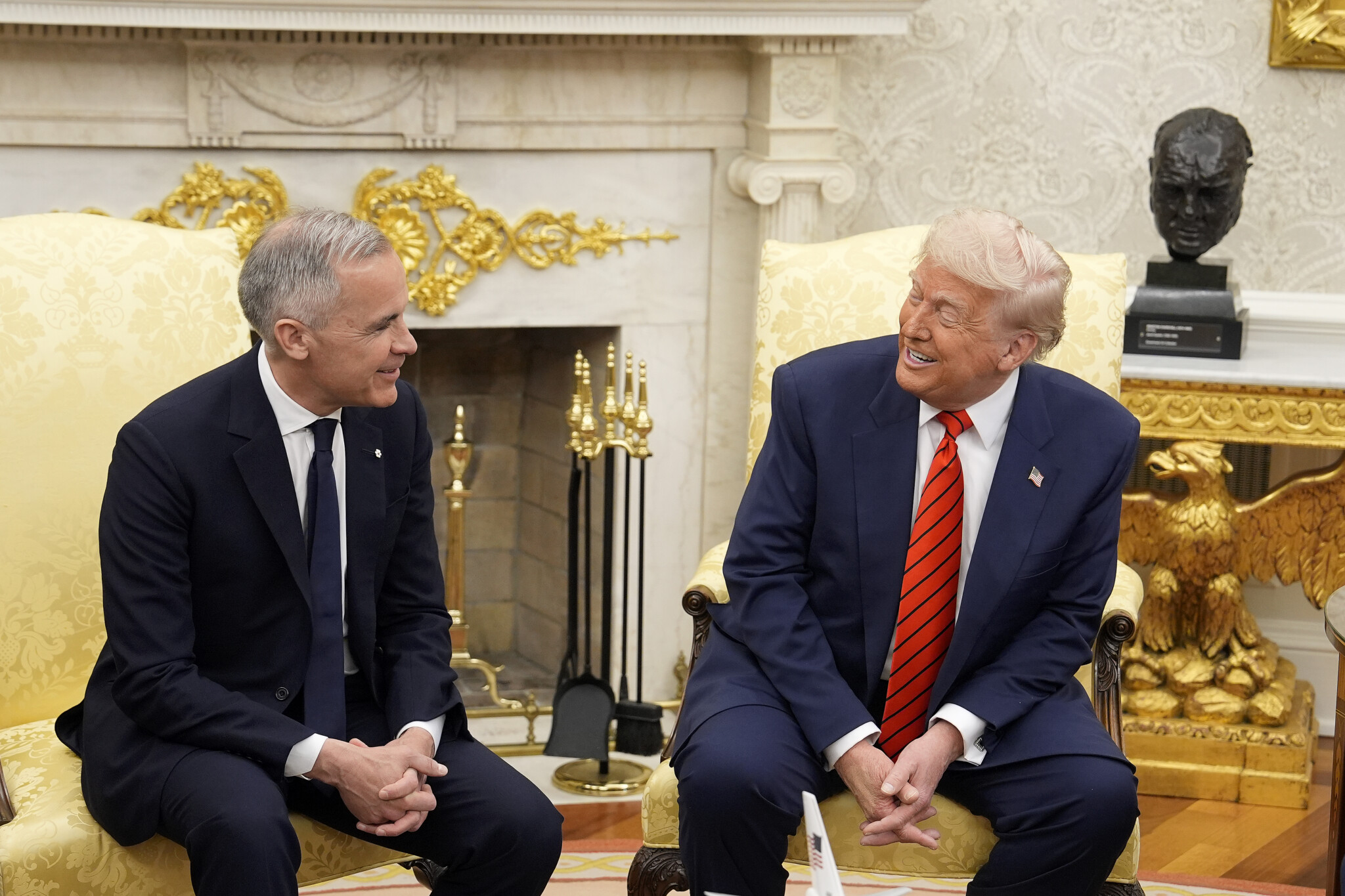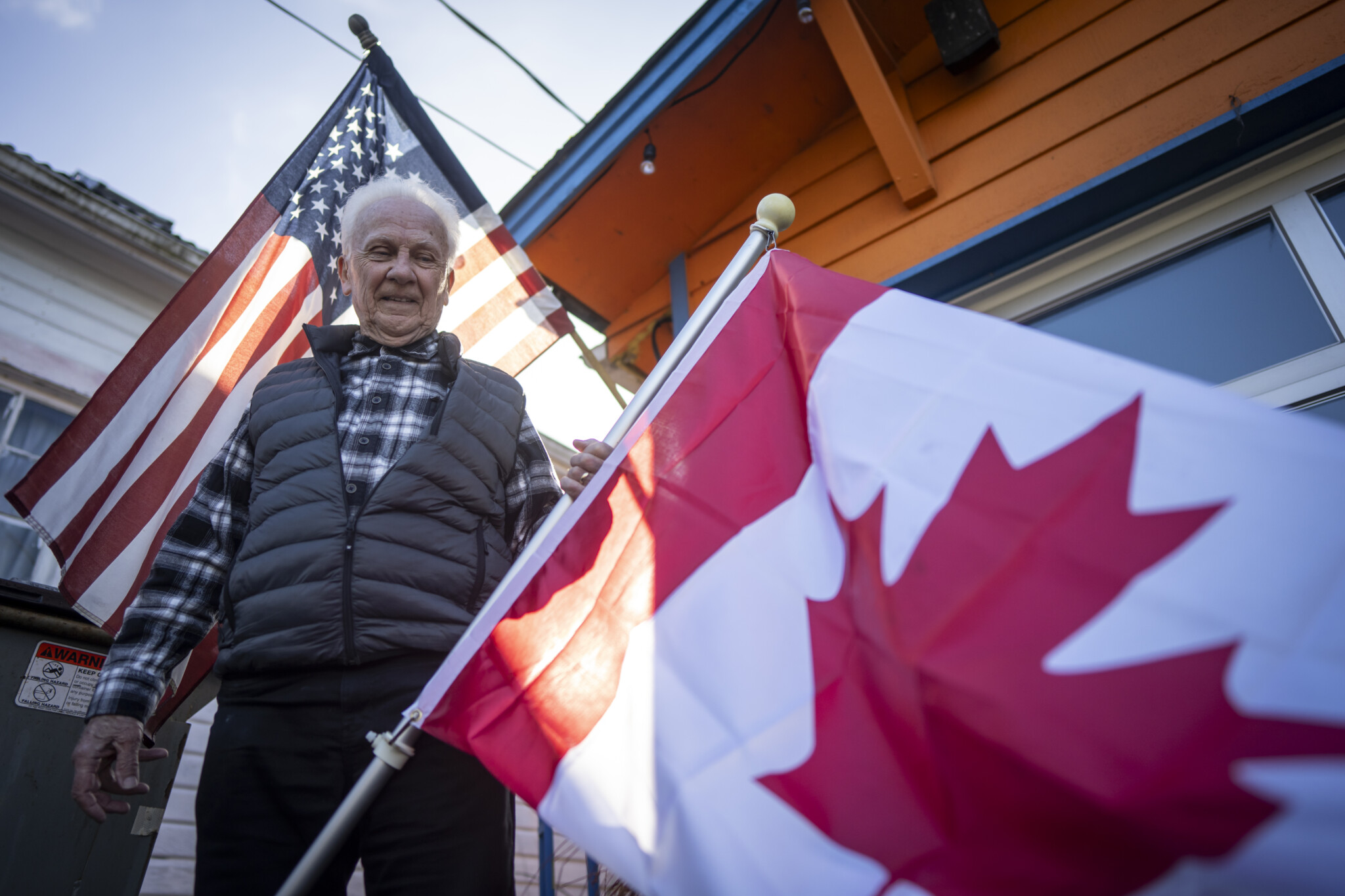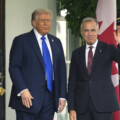Over the past week, two bits of news have underscored how it’s not just Trump’s tariffs that pose a major threat to Canadian prosperity. We also need to consider whether the U.S. is a reliable custodian of our nation’s savings.
The first development was the latest disclosure from the Canada Pension Plan Investment Board, the country’s largest pension fund, that its exposure to the United States has increased to nearly half of its total assets (47 percent), up from 42 percent in 2023 and 37 percent in 2019. The numbers were a striking reminder of how much of our long-term retirement security hinges on the stability and openness of the U.S. economy.
The second bit of news was buried in Trump’s new budget proposal. It reportedly includes provisions that could allow the U.S. to override key tax treaty obligations with Canada, giving Washington the unilateral power to impose taxes on Canadian investment returns—including on our pension funds.
Together, these stories highlight a deeper vulnerability than we may be considering: the United States could emerge as a systemic risk to our national wealth.
Which raises a broader question. If our trade dependence on the U.S. is, as Prime Minister Mark Carney has put it, an existential issue in need of a major fix, should we also be rethinking how much of our wealth is invested in one country—especially one whose politics are becoming more erratic and transactional?
Before tackling that question, let’s consider the scale of what’s at stake.
This is a little-known fact in Canada, but we are one of the world’s major creditor nations.
As of the end of 2024, Canadians held $10.4 trillion in foreign assets, with $6.3 trillion of that invested in the U.S. Our net international investment position—the difference between what we own abroad and what the world owns here—stood at $2 trillion, placing us near the top five global creditors.
Most of this globally placed wealth is in the U.S., where we have a net position of about $1.8 trillion. That represents roughly 5 percent of America’s net liabilities to the rest of the world.
This accumulation of wealth has been supported by a combination of strong resource earnings, an extremely well-funded pensions system, and aggressive foreign investment by our financial sector hungry for better returns outside of the country.

Prime Minister Mark Carney and U.S. President Donald Trump engage in a meeting at the White House in Washington, D.C., Tuesday, May 6, 2025. Adrian Wyld/The Canadian Press.
The CPPIB holds about $336 billion in U.S. assets, based on its annual report released on May 21. The Caisse de dépôt et placement du Québec has about another $180 billion invested there. All of Canada’s big eight pension funds are heavily exposed to the U.S. economy.
As I recently noted in The Hub, the irony of Carney’s warning that Americans want to “own us” is that the inverse is closer to the truth. Statistics Canada pegs our national net worth—everything from land and housing to resource wealth—at about $19 trillion. Roughly 10 percent of that is our net investment position with the U.S.
As a result, Canada has a great deal riding on the stability and rule-of-law consistency of the American system. Which is no longer assured as the Trump administration tries to a) slow certain types of capital flows into the U.S. and b) is seeking new sources of revenue to reduce its debt. That puts foreign investment in the crosshairs. The budget bill may only be a starter.
So, is this a public policy problem for Canadians? After all, most of these investments are made by individuals and private sector organizations. Should we be regulating this? And if yes, what tools exist to manage the risk?
It’s important to separate this question of vulnerability—our potential overexposure to the U.S.—from a parallel debate now unfolding in Canada: whether we should be encouraging pension funds to invest more domestically in infrastructure and other “nation-building” priorities. The industrial strategies being championed by Carney and others will need capital—and a lot of it.
A growing number of Canadian businesses are already calling for more of our savings to be deployed at home. In a world of higher interest rates and shrinking fiscal room, governments could also become covetous of this capital.
There is a wide array of potential tools available to policy makers, whether from the perspective of economic vulnerability or industrial strategy. On the lighter end, options range from some informal arm-twisting in Canada’s tight-knit financial sector to subtle regulatory shifts, such as last year’s proposal to ease limits on domestic ownership thresholds for pension fund investments. At the more interventionist end of the spectrum are proposals to reinstate a foreign property rule, which would cap how much pension funds can invest abroad.
Wherever the debate lands, the emerging pressures suggest at least one thing: the freewheeling era of Canadian capital flows to the U.S. may have peaked. In a more fragmented global economy, where trade is stalling and governments are once again drawing lines around national interest, the idea of managing capital flows is, for better or worse, back on the policy table.










